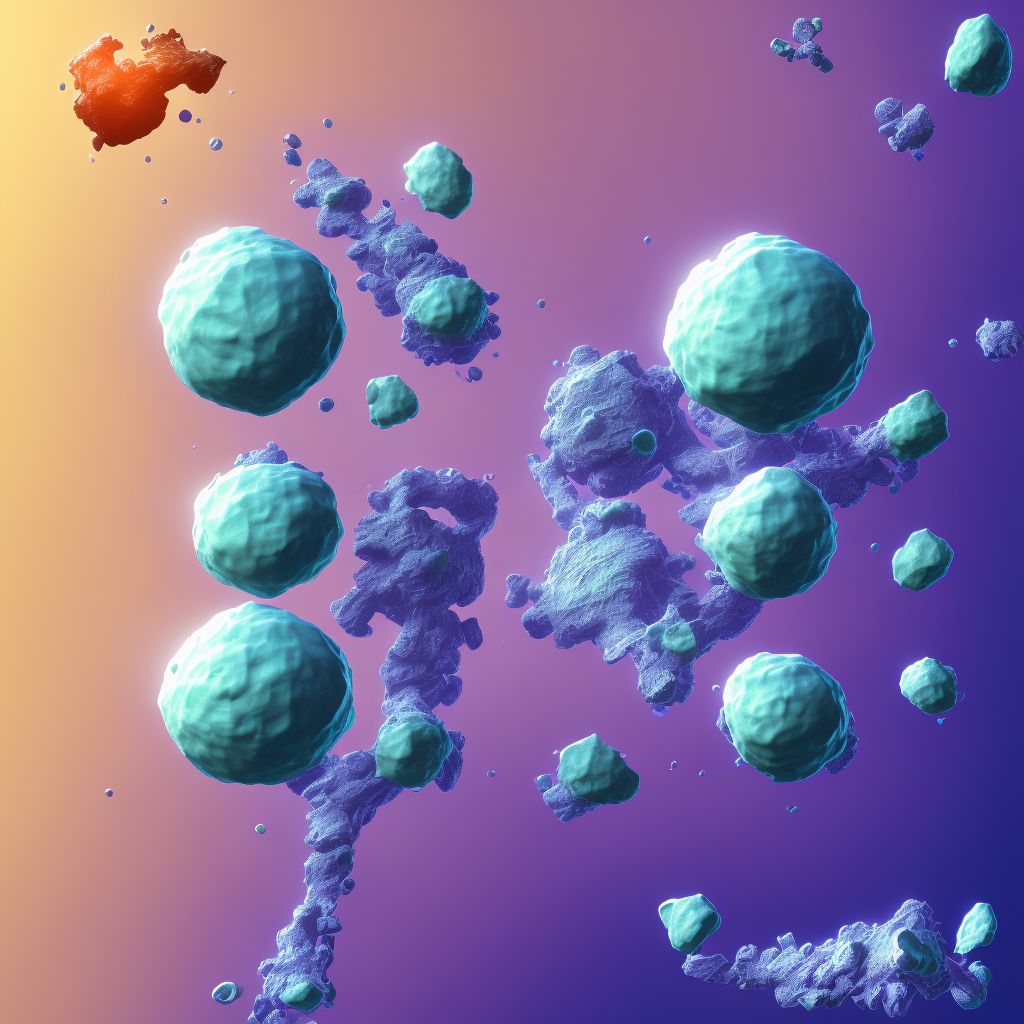
Nondisplaced fracture of medial condyle of right tibia, subsequent encounter for closed fracture with delayed healing Save
ICD-10 code: S82.134G
Disease category: S82.134: Nondisplaced fracture of medial condyle of right tibia
Nondisplaced Fracture of Medial Condyle of Right Tibia: Understanding Closed Fractures with Delayed Healing
A nondisplaced fracture of the medial condyle of the right tibia refers to a specific type of injury where the bone has broken but remains aligned, without shifting out of place. This type of fracture can occur due to various reasons, such as trauma or repetitive stress on the bone. In some cases, these fractures may experience delayed healing, where the recovery process takes longer than usual.
When dealing with a nondisplaced fracture of the medial condyle of the right tibia, it is important to understand the nature of closed fractures. Closed fractures refer to fractures where the bone does not break through the skin, allowing for a less complicated healing process. However, delayed healing can occur due to several factors, such as the severity of the fracture, inadequate blood supply to the area, or the presence of underlying medical conditions.
Patients who experience a subsequent encounter for a closed fracture with delayed healing may require specialized medical attention to ensure proper recovery. Although treatment options are not discussed in this article, it is important to seek professional medical advice to determine the best course of action.
- Symptoms: Patients with a nondisplaced fracture of the medial condyle of the right tibia may experience localized pain, swelling, and difficulty bearing weight on the affected leg.
- Diagnosis: To diagnose this condition, a healthcare professional may perform a physical examination, review medical history, and order imaging tests such as X-rays or MRI scans.
- Causes: Nondisplaced fractures of the medial condyle of the right tibia can occur due to direct trauma, overuse injuries, or accidents.
- Risk factors: Factors that may increase the risk of delayed healing include advanced age, smoking, poor nutrition, and certain medical conditions such as osteoporosis or diabetes.
- Prevention: While it is not always possible to prevent fractures, maintaining a healthy lifestyle, practicing proper safety measures, and avoiding excessive stress on the bones can help reduce the risk.
In conclusion, a nondisplaced fracture of the medial condyle of the right tibia with delayed healing can be a challenging condition to manage. Understanding the symptoms, causes, and risk factors associated with this type of fracture is essential. Seeking professional medical advice is crucial for proper diagnosis and determining the appropriate treatment plan to promote successful healing and recovery.
Treatment of Nondisplaced fracture of medial condyle of right tibia, subsequent encounter for closed fracture with delayed healing:
Treatment Options for Nondisplaced Fracture of Medial Condyle of Right Tibia: Subsequent Encounter for Closed Fracture with Delayed Healing
A nondisplaced fracture of the medial condyle of the right tibia can be a debilitating condition that requires proper treatment for effective healing. In some cases, delayed healing may occur, necessitating subsequent medical attention. This ar...
To see full information about treatment please Sign up or Log in